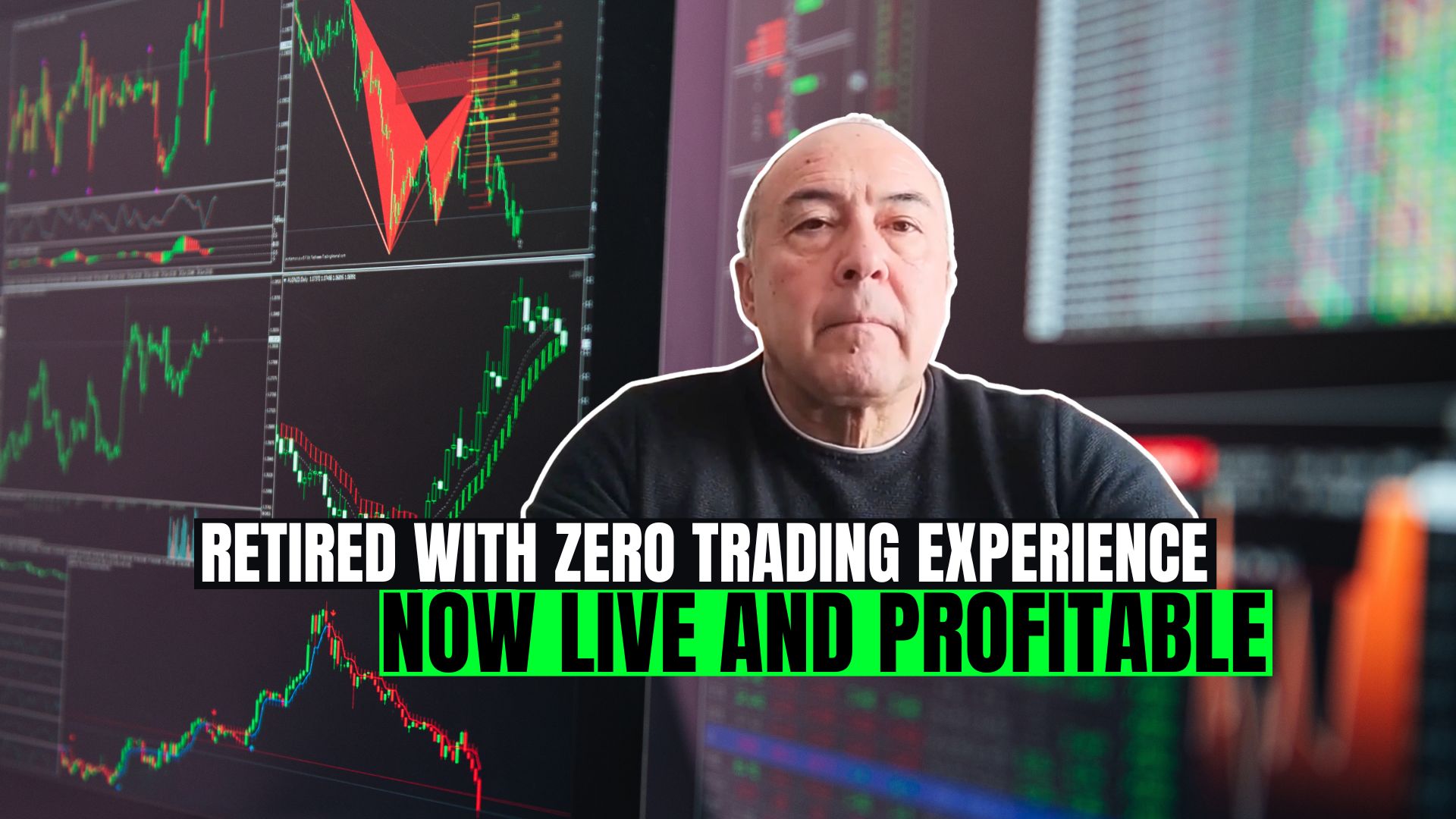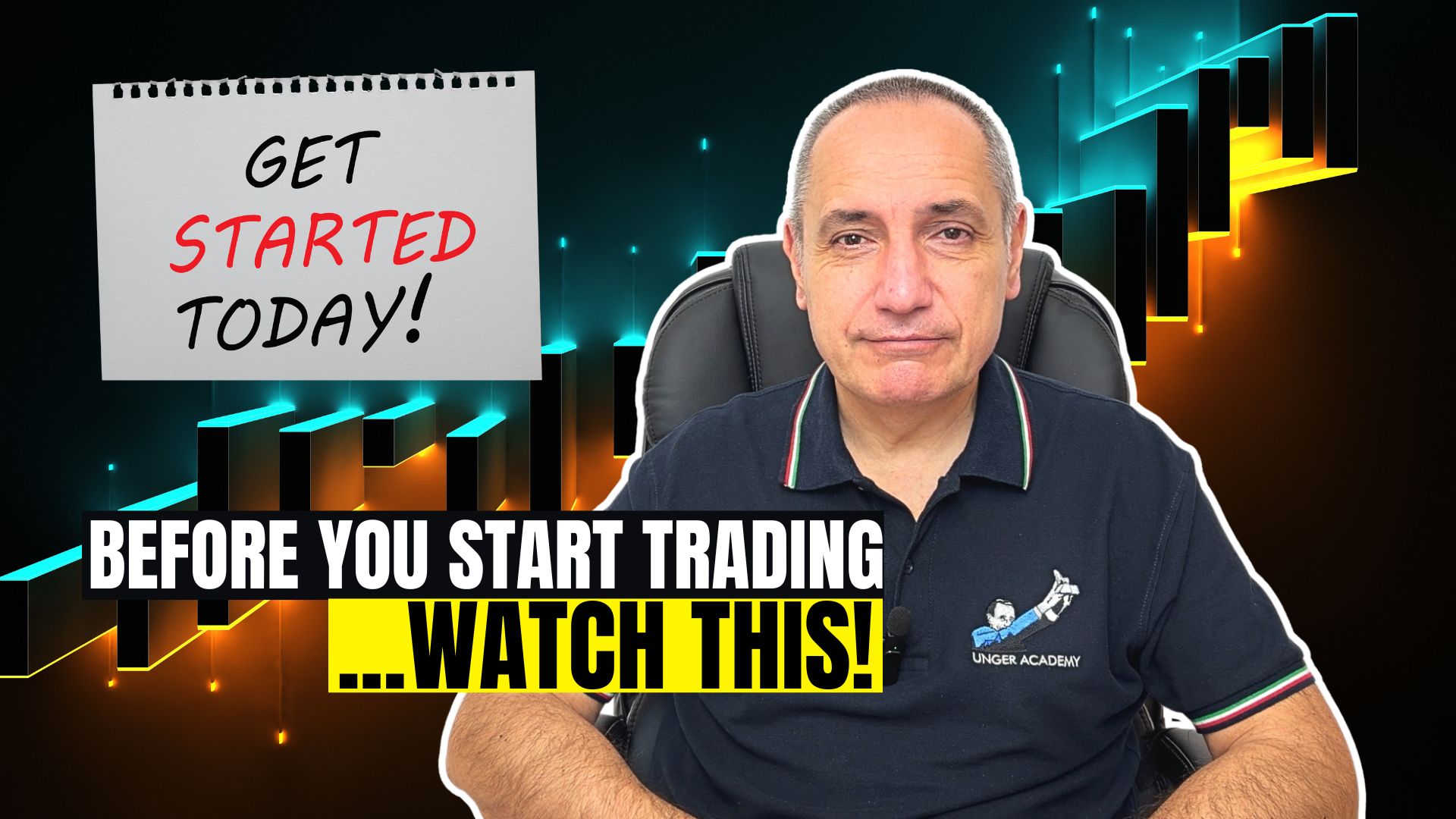Introduction
Hello and welcome to this brand new video. Today, we’ll look at the results of our Strategy of the Month contest for December 2023.
Today, we’ll analyze a selection of the most promising strategies among all those we received by the participants.
As always, our students have sent us many strategies that have performed really well. This makes us very happy because it means that the Unger Method works and is also easily transferable.
We will also give you trading insights by going through the basic logic of the strategies and observing their performance together.
As a reminder, the Strategy of the Month is a monthly contest that rewards the best strategy developed by our students using the Unger Method.
And speaking of our contests, I’ve got great news: to celebrate our tenth year of business, we have decided to double the prizes we are offering.
For all editions of the “Strategy of the Month” and “Trader of the Month” contests from January to June, the prizes will be increased from €1,000 to €2,000 in the form of Amazon vouchers.
We would also like to remind you that if you want to receive the code for the winning strategy in this contest you can sign up for the Unger Strategy Club, the latest service from our Academy.
It offers you the opportunity to get access to a monthly live masterclass where you’ll receive advanced training, monthly videos with operational insights where we explain the main rules of one of the best strategies in our portfolio, and exclusive access to the open-source code of the winning strategy of this contest with the database of all the strategies that have won in the past.
Multiday long-only BIAS strategy on Platinum futures
This is the first strategy I want to show you today.
It’s developed on Platinum futures with a 60-minute time frame.
Here we have uploaded data from 2010 to the end of 2023.
This is a bias strategy, which means that it exploits a certain recurring feature of this market, a recurring price behavior, and only trades on the long side.
It always enters at a fixed point in time, around a minimum value reached in the last few bars, and exits after about ten hours.
It has very, very few conditions. The student doesn’t say he used it, but the Bias Finder, a tool we provide to our Academy members, is precisely for finding a bias quickly and easily…
And the Bias Finder confirmed the existence of this bias, which consists in entering at a certain time and closing the position about ten hours later.
I said that there are very few conditions and the exits occur after about ten hours or in stop loss or take profit, so the positions are closed in stop loss or take profit when those profit or loss values are touched before the exit time.
But now let’s go and have a look at the metrics of the strategy.
So, it has generated a net profit of about $60,000 from 2010, which may seem small, but we always have to put it in relation to the maximum loss of the strategy, which we see around $4,500, so the ratio is great and more than 13:1.
The curve is definitely stable, only long because it isn’t making any short trades, as we said.
The average trade in this strategy is about $115.
Another characteristic is the time-to-market. We see that it is less than 10%, so that means that the strategy is trading relatively little, and we are happy with that because it’s making an excellent profit-to-loss ratio by being in the market for quite a limited amount of time.
If we look at the annual period analysis, as we have seen on the curve, all the years are positive. Some have suffered a little bit more, let’s think about 2018, but it has certainly performed well in the last few years.
Multiday trend-following strategy on Gold futures
Let’s now move on to a second strategy that our students sent us. This was developed for Gold futures with a 60-minute time frame, again with historical data from 2010 onwards.
Unlike the previous strategy, this is based on a trend-following approach. What does that mean? That you try to follow the direction the prices are taking.
Here, we see the market that has been definitely rising at this stage, and we see these green-colored trades that have ended positively, and successfully followed the market’s direction.
Let’s take a closer look at some trades on the chart.
Entries occur on breakouts, namely, when you go up or down from the high of the current and previous session or the low of the current and previous session.
In this case, we see that a short trade has been opened in this position, at this level represented by the low of the previous session.
Here, we’ve entered a long position in this bar, at this level represented by the high of the previous session, and so on.
In this case, the high is the highest high of the current session. You see, at this point we have opened a long position at the high of the current session.
So, we always go to see what the highs and lows of the current or previous session are, and when we break through these levels, we enter long or short, respectively. Nothing complicated.
Now, let’s look at the metrics of this strategy.
In 2010, this strategy generated $300,000 in gains, with a maximum loss of about 21,000 and a ratio of 14 which is even better than that of the previous strategy.
The curve hiccups a bit in this middle phase. There must have been a couple of years of suffering here, but then it definitely grew well, especially in the last period.
This is the long side, and this is the short side.
The strategy’s average trade is $274 and is well balanced in value and number of trades between the long and short sides.
And if we look at the annual period analysis, we find that 2017 and 2018 were two years where this strategy suffered a little bit, as in 2022.
Years in which this strategy could have lost something after deducting commissions and slippage.
But let’s assume it’s a well-developed strategy during the rest of the period.
It uses very few conditions. We only have two filters that are used in a mirror way. Since it’s a commodity, that is certainly the best way to apply them.
And it closes the trades in stop loss or take profit or breakeven stop, or after a maximum number of sessions, which means after 4 or 5 sessions the trade is closed anyway.
As we see in this case: the trade opened in this session will be closed at the end of the session, so after about 5 sessions, the position will be closed.
The same applies to this second trade. In this case, however, the trade is closed even earlier because it has reached the profit target.
Winner: Multiday fade breakout strategy on Copper futures
And now we come to the winner of this month’s Strategy of the Month contest, a strategy submitted by Alessandro, whom we all want to congratulate. Alessandro sent us a system developed on Copper futures, which we see here plotted with a 30-minute time frame and data from 2010.
It is a multiday strategy that allows trading overnight, so it stays in position for more than one day. The strategy is based on what we could call a fade breakout approach.
This means that it enters on price retracements. but let’s take a closer look at what this means.
The strategy was created from one of the templates the Academy provides its students and uses pivot points as entry levels.
It sounds like a big word, but there’s nothing complicated about it. Actually, we’re talking about the high- and low-price levels reached the day before.
Here, I’ve plotted with these blue and red lines the exact levels, the pivot points, around which the strategy opens its positions.
Here, if we zoom in briefly, we see a short trade that was opened when the close, in this case, was above my blue indicator, and closed the next bar below it.
So, there was this downward cross of my indicator and the conditions to open a short trade.
Here, we see a long open trade because I had a close, this one, below my red indicator.
The next close at this point broke upward from my red line. So, in this case, we had the entry setup to open a long position.
The strategy was developed in a symmetrical way, which is recommended because it’s a commodity, and it closes trades with a stop loss or in any case about four sessions after entry.
Let’s take a look at the metrics.
Since 2010, it has generated $149,000 in profits with a maximum loss of about $14,000, so we have a ratio of more than 10.
It’s a rising curve, for sure. The long side and the short side are very similar.
The average trade is about $300, nearly 3 times the value we recommend as a threshold to cover trading costs before we go live.
So, it’s an excellent average trade for the instrument we are looking at.
And if we look at the annual period analysis, we see that it had loss-making years in 2010 and 2016 and has performed very well in the last seven years.
It’s also a straightforward strategy in terms of conditions. The time analysis tells us it’s in the market about 32% of the time.
It closes positions with a stop loss but has no take profit. We also see that in this metric, the total number of trades, where we see very high values for the winning trades.
We can call them positive outliers. But even without these outliers, the strategy still performs very well.
So, a strategy with symmetrical performance. A well-optimized time window. It has a low and reasonable number of conditions and an excellent average trade, so it generally has excellent metrics.
And it was developed on an instrument that is certainly not the easiest to develop, namely, Copper.
That’s why we chose it as the best Strategy of the Month. Congratulations again, Alessandro. Keep developing strategies!
Of course, the same goes for everyone who participated in the contest.
Conclusion
Well, I hope this video can help you.
If you aim to develop trading strategies like the ones we’ve seen, you’ve come to the right place. In fact, while you’re learning, you can also enter this contest, which is exclusively for Academy students, to win €2,000 of Amazon vouchers each month.
Finally, I want to remind you that if you want to get the code for the winning strategy in this contest, you can join the Unger Strategy Club. Check out all the contents of this service for yourself at www.ungerclub.com.
For more information, please click on the link in the description. From there, you will access a free presentation by Andrea Unger, receive his best-selling book "The Unger Method" at home, covering only shipping costs, and finally book a call with a member of our team to get a free strategy consultation.
That’s pretty much it for today. Thank you for watching and see you next time!







